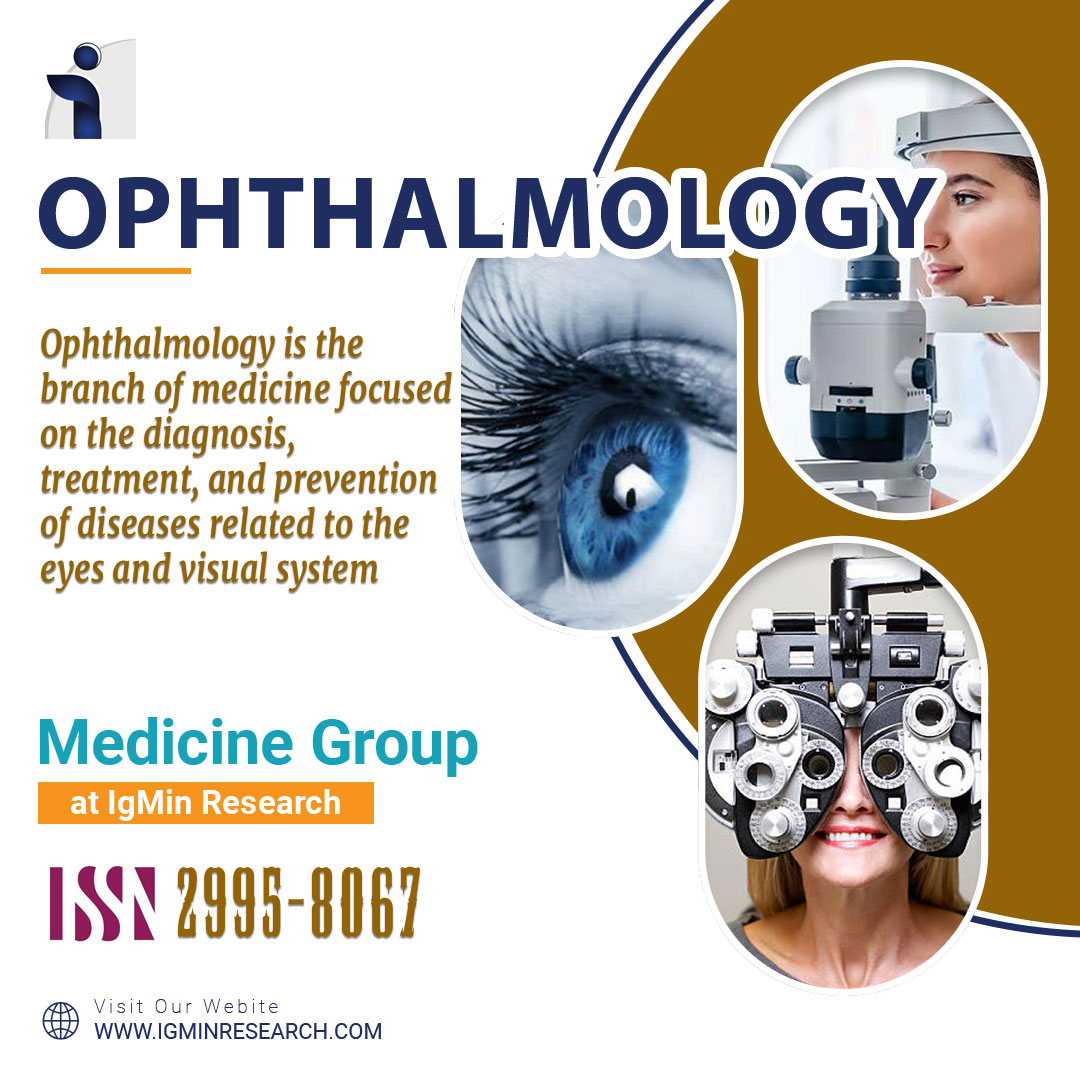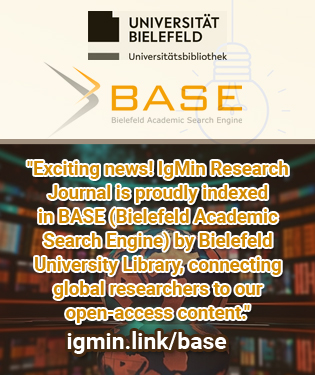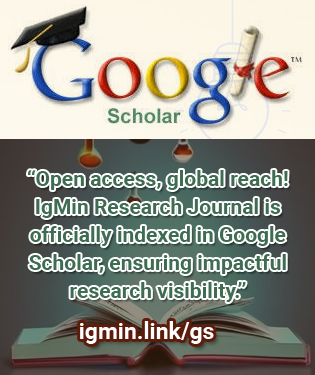Open Access Policy refers to a set of principles and guidelines aimed at providing unrestricted access to scholarly research and literature. It promotes the free availability and unrestricted use of research outputs, enabling researchers, students, and the general public to access, read, download, and distribute scholarly articles without financial or legal barriers. In this response, I will provide you with an overview of the history and latest resolutions related to Open Access Policy.
について
Ophthalmology is the specialized medical field dedicated to the study, diagnosis, and treatment of disorders related to the eyes and visual system. Ophthalmologists are experts in understanding the complex anatomy and functions of the eyes, as well as the various conditions that can affect vision. Their expertise spans from routine eye care to advanced surgical interventions for eye-related diseases.
The study of ophthalmology involves in-depth knowledge of ocular anatomy, physiology, and pathology. Ophthalmologists utilize cutting-edge diagnostic tools, imaging technologies, and surgical techniques to diagnose and manage a wide range of eye conditions. By addressing issues such as refractive errors, cataracts, glaucoma, and retinal diseases, ophthalmology plays a critical role in preserving and restoring visual health.
Medicine Group (1)

IgMin 科目を探索する
現在トレンドになっている記事はどれですか?
研究論文
- Prevalence of Diabetic Retinopathy among Self-reported Newly Diagnosed Diabetics
- Wishful Thinking or Valuable Forecasts? The Value of Policy Rate Predictions in Sweden
- Knowledge Discovery on Artificial Intelligence and Physical Therapy: Document Mining Analysis
- Federated Learning- Hope and Scope
- From Traditionalism to Algorithms: Embracing Artificial Intelligence for Effective University Teaching and Learning
- Contribution to the Knowledge of Ground Beetles (Coleoptera: Carabidae) from Pakistan
Advertisement








